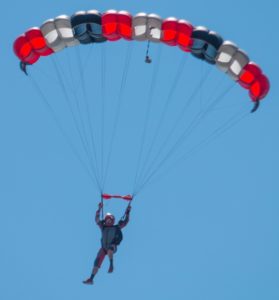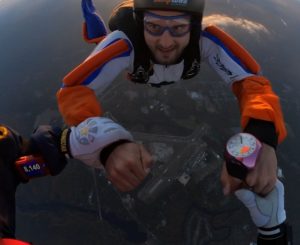
Okay… altimeters. How high are you? How do you know? Well, your altimeter, duh. That’s the name of the page, right? We’re going to talk about a few different kinds of altimeters. The main categories of altimeters are analog, digital, smart, and audible. I’ll give you the basics, some recommendations, and links where you can learn more at the bottom of the page.
I am a representative of Freefall Data Systems, and personally have flow several different FDS altimeters. You’ll see a preference for this USA based company on this page. It’s not to say that the other altimeters I mention are not excellent – there are a lot of great options on the market today. FDS just happens to be my personal favorite.
Analog Altimeters
It used to be almost every DZ started their students on an analog altimeter. It’s got a dial like a watch face with a needle that rotates to show how high you are. These are less expensive than digital altimeters, but they’re less accurate. It’s pretty hard to glance at your altimeter and see if you’re 300 feet up or 450 feet up. This doesn’t help students or newer jumpers dial in their landings. The best thing I can say about analog altimeters is that they don’t use batteries, so they will always work. I own one, but I think it may be time to sell it.
My personal recommendation is to skip the analog altimeters, but one of my mentors disagrees. His go-to setup is to wear both a digital and an analog, and he has frequently loaned his analog altimeter to another skydiver on the plane whose digital just ran out of batteries. I own both types myself, but at the end of the day, the analog altimeter is larger and less useful under canopy (the markings are too close to each other). I keep it for night jumps because it has a glow-in-the-dark face. If you ARE going to buy an analog, I can’t recommend that feature highly enough.
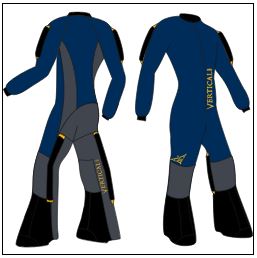 Newer skydivers look around the dropzone and see angle flyers and free flyers going up without a jumpsuit… while their instructors insist they grab a jumpsuit from the school’s closet and wear it on every jump. Sometimes they’re clean. Sometimes they aren’t. At some dropzones, it’s been a very long time since the student jumpsuits have been cleaned. And look at all the cool kids jumping in jeans and a skydiving jersey. Who wouldn’t want to do that?
Newer skydivers look around the dropzone and see angle flyers and free flyers going up without a jumpsuit… while their instructors insist they grab a jumpsuit from the school’s closet and wear it on every jump. Sometimes they’re clean. Sometimes they aren’t. At some dropzones, it’s been a very long time since the student jumpsuits have been cleaned. And look at all the cool kids jumping in jeans and a skydiving jersey. Who wouldn’t want to do that?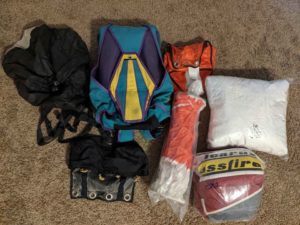
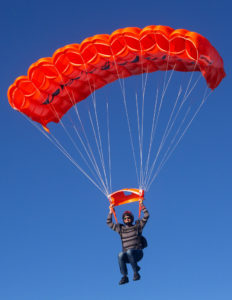 This is the last of my write ups for your parachute system, and is focused on that parachute most of us will never pack for ourselves, our reserve canopy.
This is the last of my write ups for your parachute system, and is focused on that parachute most of us will never pack for ourselves, our reserve canopy.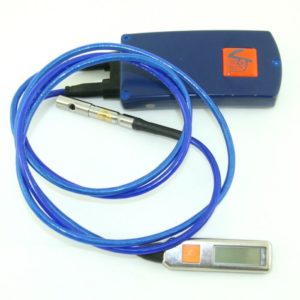 AADs. Who needs ’em? Well, everyone who skydives, that’s who. If you fail to open your main parachute for any reason, your AAD will open your reserve at a predetermined altitude. The purpose of this article is not to explain how they work, I’ll cover that later. For now, a I’ll offer a few opinions on buying an AAD, and then share some other excellent resources on the Web from which you can learn so much more.
AADs. Who needs ’em? Well, everyone who skydives, that’s who. If you fail to open your main parachute for any reason, your AAD will open your reserve at a predetermined altitude. The purpose of this article is not to explain how they work, I’ll cover that later. For now, a I’ll offer a few opinions on buying an AAD, and then share some other excellent resources on the Web from which you can learn so much more.